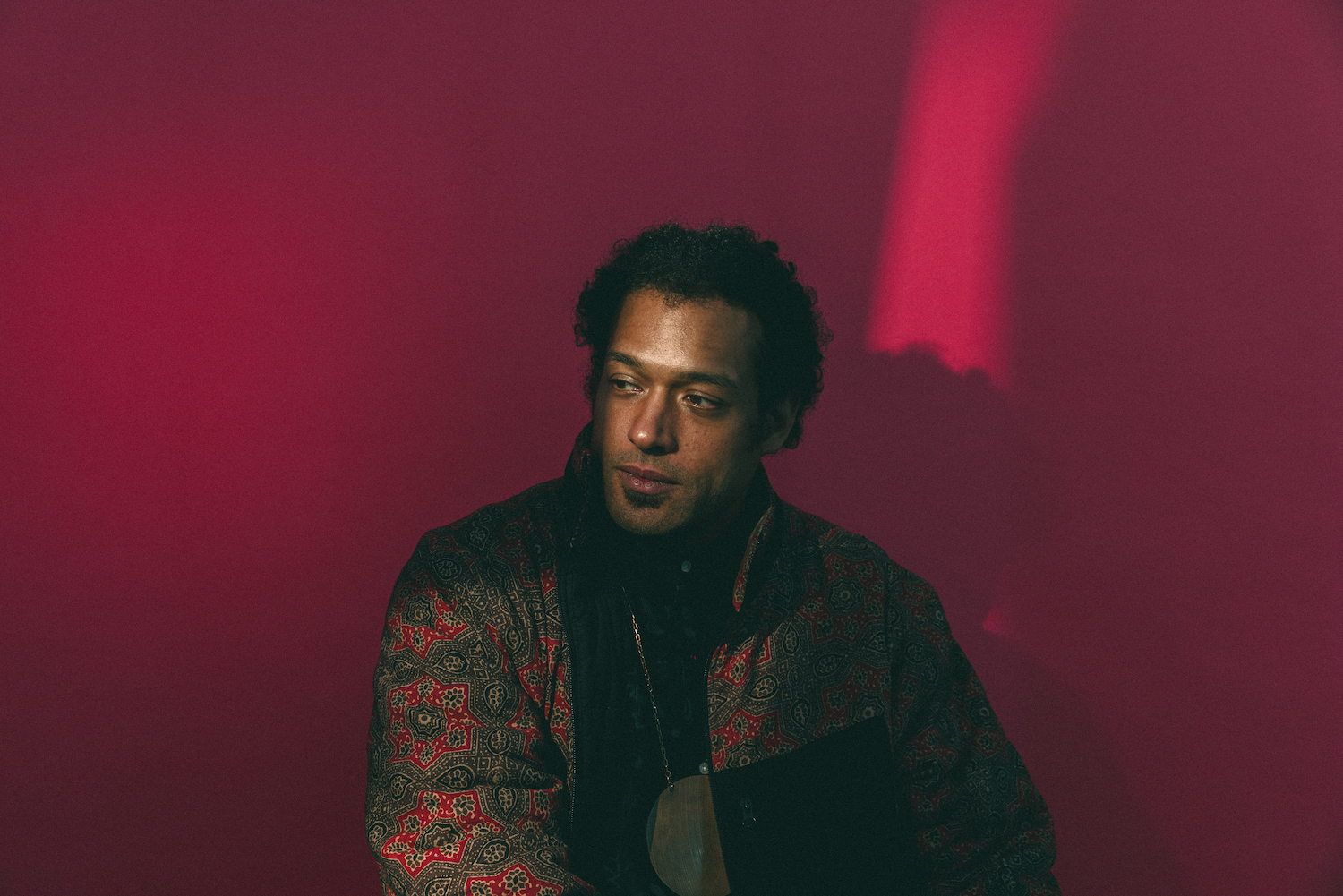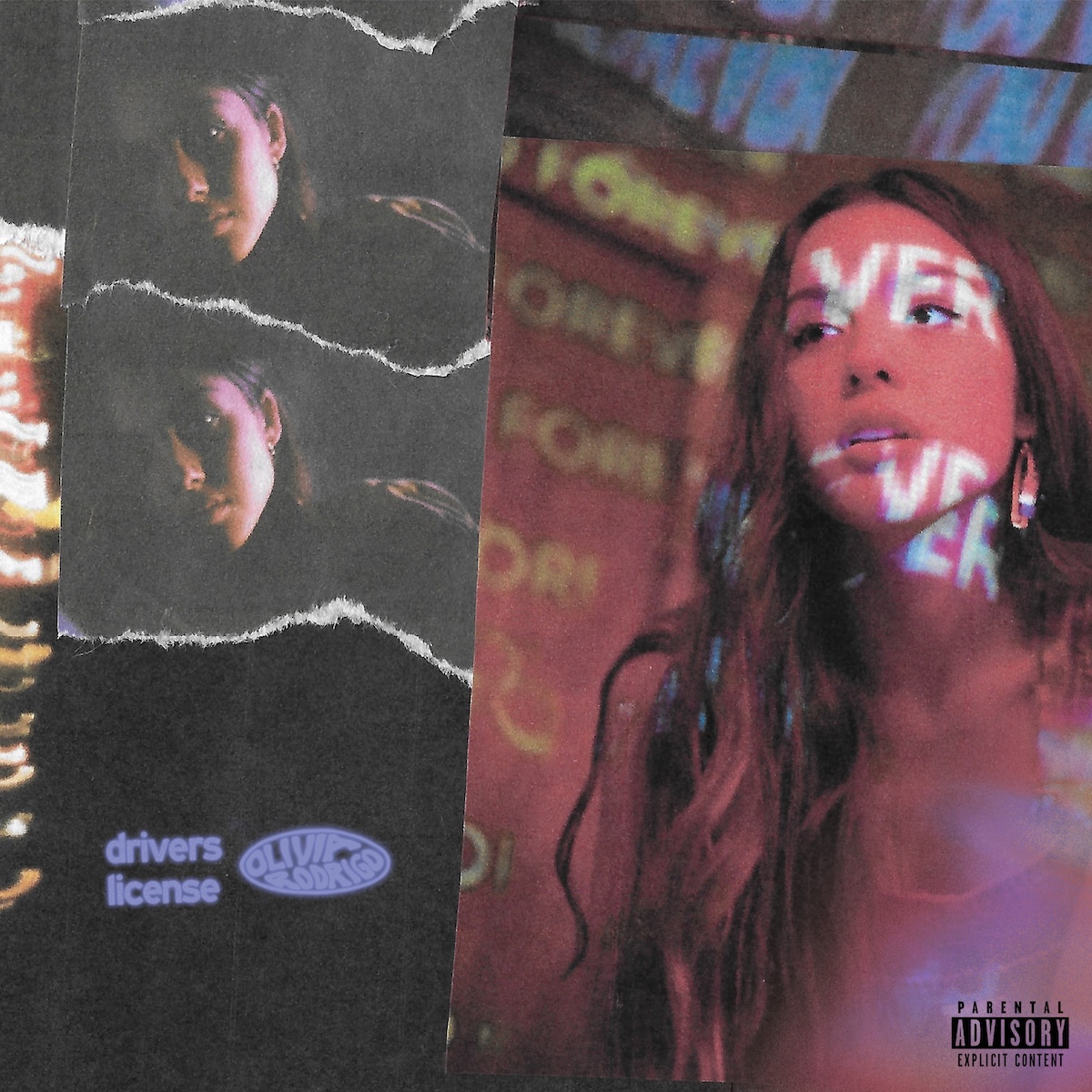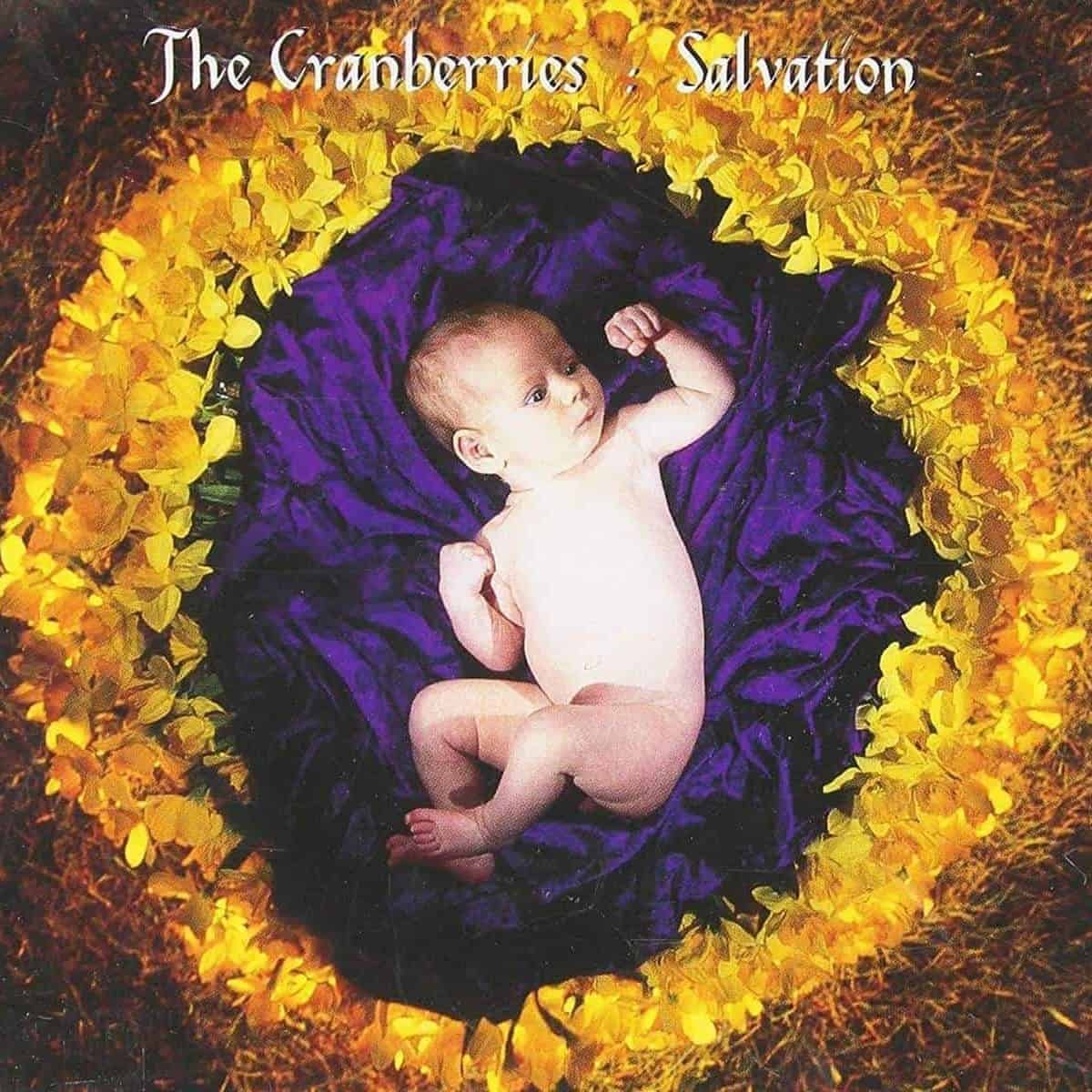Wynton Marsalis turned 60 last month, on October 18. That's a big life milestone for anybody, so congratulations to him for making it, particularly in an era when a lot of famous Black musicians have died in middle age if not earlier. I probably wouldn't have given it a whole lot of thought, but Jazz at Lincoln Center presented three nights of concerts from November 18-20, including a retrospective of music from the last 40 years of his career and his first small group performances in the venue's Rose Theater in a decade. So now I'm thinking about Wynton Marsalis.
His self-titled debut album, released in January 1982, was intended to certify him, right out of the gate, as the new crown prince of acoustic jazz as it was meant to be played, the living link between the glorious past and the promising future. It opened with two tracks featuring players his own age — his older brother Branford on tenor sax, Kenny Kirkland on piano, Clarence Seay on bass and Jeff "Tain" Watts on drums — and ended with another performance by that band, albeit with Charles Fambrough stepping into the bass position. In between, though, were four tracks on which the Marsalis brothers went to jazz fantasy camp, fronting Miles Davis's 1965-68 rhythm section of pianist Herbie Hancock, bassist Ron Carter, and drummer Tony Williams and even covered "R.J." from Davis's E.S.P. album.
The liner notes, by Stanley Crouch, helped drive home the message. "His arrival, and what it signals, is especially important because there has been — as there always is — talk about the decline of jazz, and more than a few have sworn they've seen the art gurgling on its deathbed." Now, you could argue that the four most important words in that sentence are "as there always is." People are forever asserting that jazz is dead. Meanwhile, I've been able to come up with 10-15 records a month worth sharing with you all for five years straight. And anyway, Marsalis himself put up some at least token resistance to being defined as a strict aesthetic conservative, telling Crouch, "What I'm trying to do is come up to the standards all of these trumpet giants have set — Armstrong, [Dizzy] Gillespie, [Fats] Navarro, [Clifford] Brown, Miles, Freddie Hubbard, and Don Cherry. And that's not an easy job."
That mention of Don Cherry is a surprise, but if you dig deep enough into Marsalis's discography, there are occasional nods to the avant-garde. He is not an avant-gardist in spirit himself, not even a little, but he speaks enough of that language to get by when necessary. On The Fifties: A Prism, a 2020 album by the Jazz at Lincoln Center Orchestra, the ensemble gets into a kind of big band version of Ornette Coleman's bent blues style on "Pursuit Of The New Thing," and Marsalis never seems lost.
Marsalis's leadership of the Jazz at Lincoln Center Orchestra has been a remarkable achievement, the focus of his artistic career. Since the program launched with a series of concerts in 1987, it has become a major force in New York and beyond. They have their own label, Blue Engine, which releases performances from their archives; their Essentially Ellington and Let Freedom Swing programs provide curriculums and visits from artists to schools all over the US; and they have tuition-free Jazz Academies for young players. The focus, obviously, is on the tradition: the musical tree that has its roots in turn-of-the-20th-century New Orleans and branches off in all directions through the 1930s, '40s, '50s and early '60s. But Marsalis doesn't seem concerned with keeping young musicians inside the fence, just with giving them a foundation. As he told the New York Times in 2017, "With our younger students, we tell them: Hey, when you come up and you play these arrangements and you do these things — then they can do what they want… speak with their voice, and then to do their thing."
(It's worth noting that Jazz at Lincoln Center, the venue, has booked artists that are a lot more out than Marsalis in recent years. Matthew Shipp's trio performed at Dizzy's Club, the small room; Cecil Taylor and John Zorn were co-headliners at the Rose Theater; the same room hosted ECM Records' 50th anniversary concert, which featured some very sharp-edged performances; and Henry Threadgill was invited to perform two concerts with large ensembles in 2017, which he unfortunately had to cancel due to illness. So even if he himself is a largely traditional musical thinker, the institution of which he is the public face gives the occasional thumbs-up to the avant-garde as well.)
In some ways, Jazz at Lincoln Center has allowed Marsalis to do something truly rare in any art form: He has created his own context. Most artists have context imposed on them from without. Critics — and fans — interpret their work, and define what the artist is doing, sometimes erroneously. The error can be as minor as not realizing that a particular composition is a musical response to another composition the critic may not have heard, or it can be as major as overall ignorance of the artist's culture, causing art to be filtered through an entirely inapt set of reference points. If someone's not from the US, for example, why should their art be automatically assumed to be a statement about American society?
Wynton Marsalis exists in the context of Jazz at Lincoln Center. The music he writes (and the music the Orchestra's members write, with his encouragement), performed by the orchestra or the smaller groups he pulls from its membership, is presented to his own artistic standards; he doesn't have to water it down or compromise it in any way. This can yield impressive results, as on 2019's Jazz And Art, or it can go awry, as on 2020's The Ever Fonky Lowdown. But it's a clear artistic vision at work, and that's incredibly valuable. I can only think of three other comparable examples of this in jazz, and they are the Duke Ellington Orchestra (while Ellington himself was alive and composing, of course), the Sun Ra Arkestra (same caveat) and the AACM.
Ellington always kept his band in the present, never allowing it to become a mere nostalgia act. He didn't concede much to popular trends — sure, he played a medley of Beatles tunes on the Ed Sullivan Show, but his concerts were about presenting his music, and though classic pieces remained in the book, he kept writing until near the end of his life. Sun Ra, too, insisted on existence on his own terms. He kept his band together by literally living in the same house with them, maintaining an almost cult-like discipline and stiff-arming the outside world, and rarely if ever dropping the mask. He said he was from Saturn, and accepting that was part of the price of admission. When the AACM was founded in 1965, one of its crucial tenets was that members must compose and present their own music. They were mutually supporting, playing in each other's bands and organizing collective concerts, and as a result they were able to develop and insist upon a context for their work. They were less subject to critical whims, because the united front they presented meant that the idea of "AACM music" meant something. Different as they were, the Art Ensemble Of Chicago, Muhal Richard Abrams, Anthony Braxton, Wadada Leo Smith, Henry Threadgill and others were clearly laying out a path. Duke Ellington was an icon of jazz, but embraced the phrase "beyond category," and Sun Ra's music was just one part of a vast philosophy which impacted every aspect of life (his and the Arkestra members'). All of these people have had an incalculable impact on music, at least in part because they insisted that their work be heard on their terms.
It will likely be 30 years or more before Wynton Marsalis's music is analyzed in real depth. It's going to have to happen posthumously, and someone's going to have to go through all the albums, all the compositions, and the history of Jazz at Lincoln Center and the Orchestra. (My personal picks would include 1985's Black Codes (From The Underground); 1986's J Mood and Live At Blues Alley; 1987's Marsalis Standard Time, Vol. 1; 1998's Standard Time Vol. 5: The Midnight Blues; 1999's Live At The Village Vanguard box; 2019's Jazz And Art; and this year's The Democracy! Suite.) For now, as he turns 60 and shows no sign of slowing down, it's enough to acknowledge that he too has created his own context.
And now, new music!
Louis Hayes - "Crisis"
Louis Hayes is a hard bop legend. He made his recorded debut on pianist Horace Silver's Six Pieces Of Silver in 1956. He stayed with Silver for three years, then moved on to the Cannonball Adderley Quintet, where he stayed from 1959 to 1965; not long after that, he began leading his own groups, sometimes in partnership with a horn player (tenor saxophonist Junior Cook or trumpeter Woody Shaw). He's recorded with John Coltrane, Joe Henderson, Dexter Gordon, and many, many others. He's also made close to 20 albums on his own. For Crisis, his first album in three years, he's put together a really strong band: saxophonist Abraham Burton, vibraphonist Steve Nelson, pianist David Hazeltine, and bassist Dezron Douglas. Singer Camille Thurman appears on two tracks. The title piece, "Crisis," is a Freddie Hubbard composition, from his 1962 album Ready For Freddie. (Hayes backed Hubbard on The Artistry Of Freddie Hubbard and The Body & The Soul in 1962 and 1963, and again on the live The Hub Of Hubbard in 1970.) The original version was nearly 12 minutes long, but Hayes and crew tackle it in half that time, delivering the punchy, memorable melody before spinning out clean, virtuosic solos. The drummer keeps the beat dancing, with perfectly timed snare accents giving the energy level a little boost, like a child keeping a balloon from hitting the ground. (From Crisis, out now via Savant.)
Daniel Casimir - "Boxed In"
If you recognize bassist Daniel Casimir's name, it's because he's been saxophonist Nubya Garcia's go-to guy on all of her recordings to date. He's also played on Makaya McCraven's Universal Beings, Binker Golding's Abstractions Of Reality Past And Incredible Feathers, and Camilla George's The People Could Fly. This is his second release under his own name, following 2017's Escapee EP. The core band features Garcia, trumpeter James Copus, keyboardist Al Macsween, and drummer Moses Boyd, but there's a small orchestra backing them: two trumpets, two trombones, two clarinets, a flute, and a string quartet (two violins, viola, and cello). Vocalist Ria Moran is heard on two tracks. The title piece is a stomping fanfare that sounds like it could be the theme to a classy mid '90s network TV drama by Aaron Sorkin or someone. Boyd lays down a driving rhythm, Macsween and Casimir create a thick groove, and the horns and strings surge behind the two front-line players as they trade off solos, back and forth like two MCs constantly trying to one-up each other. (From Boxed In, out now via Jazz Re:freshed.)
Hedvig Mollestad - "High Hair"
Norwegian guitarist Hedvig Mollestad is best known for the seven albums (six studio, one live) she's made with her eponymous trio. Their music blends John McLaughlin with Black Sabbath, shifting between speedy fusion runs and huge riffs (they covered the Melvins song "Blood Witch" on their debut, 2011's Shoot!). Recently, Mollestad has been making more expansive and sometimes quieter music on her own. Last year, she released Ekhidna, which was heavy on synths, with Mollestad sharing the front line with Portuguese trumpeter Susana Santos Silva. Now, she's released Tempest Revisited, a nod to Norwegian composer Arne Nordheim, whose best-known piece is 1979's The Tempest, a ballet based on the Shakespeare play that blends classical and electronic instrumentation. The band this time includes Marte Eberson, who also played on Ekhidna, on keyboards; Ivar Joe Bjørnstad from her Trio on drums; Trond Frønes on bass; and Martin Myhre Olsen, Karl Nyberg, and Peter Erik Vergeni on saxophones. The album includes some heavy, rockin' fusion in an early '70s style, as well as a long, quiet, atmospheric piece, and it all concludes with "High Hair," built around a blues riff as tall as a barn and bolstered by marching-elephant drums and a wall of saxes straight from an early King Crimson record. (From Tempest Revisited, out now via Rune Grammofon.)
Ill Considered - "The Lurch"
I've been following UK improvising quartet (now a trio) Ill Considered since the beginning of their career. Until now, they've kind of stood apart from the broader London scene that's produced Shabaka Hutchings, Nubya Garcia, Theon Cross et al.; they self-release their albums, all of which have been freely improvised (but not "free jazz" in the traditional sense) and many of which are live recordings. Liminal Space is their first full-on studio production, and their first for a label. Longtime percussionist Satin Singh has left the group, as has bassist Leon Brichard, but saxophonist Idris Rahman and drummer Emre Ramazanoglu remain in place, joined by new bassist Liran Donin. They're joined by a slew of guests, including saxophonists Kaidi Akinnibi, Ahnansé, and Tamar Osborn; Cross on tuba; vibraphonist Ralph Wyld; percussionist Sarathy Korwar; and more. "The Lurch" has the churning, headlong energy and looping groove structure of their previous work, but there are so many extra instruments — flute, bass clarinet, saxes — all working together, then splitting apart into polyphonic harmony that it has the raucous feeling of a big band chart written by Julius Hemphill. (From Liminal Space, out now via New Soil.)
Irreversible Entanglements - "Lágrimas Del Mar"
Irreversible Entanglements hit the jazz scene in 2015 like a Molotov cocktail hurled from the middle of a protest march, and the flames haven't died out yet. Their third studio album (and don't sleep on the two live recordings they've self-released) is every bit as furious and thrilling as its predecessors. On 2020's Who Sent You?, they began incorporating electronics into their free jazz, adding an unsettling undercurrent to music that already stared you dead in the face, daring you to blink. On this album, that element is even more present; vocalist Moor Mother, trumpeter Aquilles Navarro, and saxophonist Keir Neuringer are all playing synths in addition to their primary instruments, and Luke Stewart is switching between upright and electric bass. On "Lágrimas Del Mar" (translation: tears of the sea), the music fades in, just the drums at first, with Stewart bouncing in after a few seconds and the horns dubbed out and drifting. Moor Mother's voice is as fierce and defiant — of authority, of the listener, of the world — as ever, but there's a tone of anticipation, of permitting oneself to want something and acknowledge that you might actually get it, that's even more bracing than rage. "I'm so close to good news, to the silver and gold, to the daily bread," she says, and she makes you believe. (From Open The Gates, out now via International Anthem.)
Muriel Grossmann - "Traneing In"
Saxophonist Muriel Grossmann has a long-running and very tight working band — guitarist Radomir Milojkovic, Hammond organ player Llorenc Barceló, bassist Gina Schwarz, and drummer Uros Stamenkovic — who help her realize her vision of post-Coltrane spiritual jazz with long, vamping melodies, endless oceans of rhythm, and, on many records, dense jungles of percussion and other instruments from all over the globe. Her latest album, Union, is significantly stripped down, though. It features just three backing musicians (Schwarz is absent) and was recorded live in the studio in autumn 2019. The band runs through expansive, high-energy versions of material from her other albums, as though playing live in a club. "Traneing In," from her 2018 album Golden Rule, is delivered faster than the original version, and Grossmann is playing soprano, an instrument she's only adopted on her last couple of discs. Barceló gets a lot of solo space, taking the organ out into some very Larry Young-ish deep space zones, and Stamenkovic keeps the beat tumbling along in a kind of trance rhythm. (From Union, out now via Muriel Grossmann.)
Mareike Wiening - "Future Memories"
Drummer Mareike Wiening's second studio album, Future Memories, features her touring band: tenor saxophonist Rich Perry, pianist Glenn Zaleski, guitarist Alex Goodman, and bassist Johannes Felscher. (Earlier this year, they released a live album that featured two tracks from 2019's Metropolis Paradise and previewed two more from this record.) As a composer, Weining goes for mood and atmosphere more often than hard-driving rhythms; like Max Roach, she's interested in the melodic and orchestral possibilities of percussion, preferring to ornament the music rather than keep time. The title piece is a gentle ballad, primarily a showcase for Perry, whose solo has the searching quality I associate with Wayne Shorter. Zaleski's piano is the perfect support, and Wiening offers just enough encouragement, mostly via soft cymbal splashes, to keep it all moving. (From Future Memories, out now via Greenleaf Music.)
Phil Ranelin - "Infinite Expressions"
Trombonist Phil Ranelin is an underground legend. In the early 1970s, he was one of the founders of the Tribe collective, which also included trumpeter Marcus Belgrave, saxophonist Wendell Harrison, and drummer Doug Hammond and released albums on their own Tribe Records label. Ranelin's latest album, recorded in 2020, features guitarist Hideaki Tokunaga, bassists Michael Alvidrez (on two tracks) and Ian Martin (on three), Andre Beasley on drums and Carlos Niño on percussion. It has the airy, organic sound of a mid '70s private press record, which is kind of astonishing all on its own, in the era of digital recording, but when you listen to Beasley's drums thumping and clacking, you expect to hear the crackle of an old LP. Ranelin's trombone style is somewhat out, kind of muffled and mournful. On the title track, he kicks the music off with a phrase like an elephant singing to itself, as Alvidrez and Niño surround him with cymbal washes and shimmering chimes. Before long, a pulsing rhythm emerges, and the piece develops an almost strutting energy. (Note: Phil Ranelin has recently suffered a debilitating stroke; there's a GoFundMe if you want to donate.) (From Infinite Expressions, out now via Org Music.)
Matthew Shipp - "Codebreaker"
Pianist Matthew Shipp has a deep catalog — over 70 albums as a leader or co-billed with someone else, and when you add the records he's been a sideman on, with saxophonists David S. Ware, Ivo Perelman, and Roscoe Mitchell, among others, that number more than doubles. Within that vast body of work are close to 20 solo albums, some live but many in the studio. Shipp seems to really enjoy entering the room and engaging with the piano one-on-one, and he plays differently when he's alone than when he's with his trio, or in a duo with another instrumentalist, or in any other context. Live, he tends to blend pieces together, playing continuously for an hour, but in the studio he makes short, declarative statements, playing a short, often melancholy theme and following its implications wherever they lead for no more than four or five minutes before putting it down and beginning again with a new idea. Codebreaker is a particularly powerful entry in the Shipp solo catalog. The title track begins slowly and gently, but there's an undercurrent of threat immediately. You can hear him stomping his foot as he plays, setting an almost marching rhythm as the notes and chords land like hail. As the album progresses, his breathing becomes louder and heavier; on "Green Man," at the album's midpoint, he's almost panting, and the stomping has turned to running in place. But here, opening the record, he's simultaneously making a statement and warning you of what's to come. Don't get comfortable, he seems to say. We're going deep this time. (From Codebreaker, out now via Tao Forms.)
Makaya McCraven - "Autumn In New York"
Makaya McCraven is jazz's greatest remixer. His skills on the kit are actually being overshadowed, at this point, by his creativity as a beatmaker. On Deciphering The Message, though, he does both, and the results are amazing. He's been granted permission to rummage through the Blue Note vaults and rework tracks — some classic and some obscure — but what makes this album fascinating is that he's also brought in an incredible crew of living players to add new elements to the songs and make them their own. "Autumn In New York" was originally recorded by guitarist Kenny Burrell on his album Blue Lights, Vol. 1; in that form, it was a gentle, late-night solo guitar ballad. But McCraven has surrounded that performance with vibes from Joel Ross, trumpet from Marquis Hill and tenor sax and flute from De'Sean Jones, a throbbing bass line from Junius Paul, and additional guitar from Matt Gold and Jeff Parker, plus a gentle beat of his own. The end result is a fascinating and beautiful smooth jazz/R&B hybrid, oddly '90s in a way — I could absolutely imagine Digable Planets rapping over this track. But it works. (From Deciphering The Message, out now via Blue Note.)






